The best summer vacations involve relaxed mornings and sand-covered toes, followed by languid afternoons licking drippy ice cream cones and evenings outside by the grill. That’s the ideal, anyway. Often, those rosy-colored scenes omit drenching heatwaves and oppressive humidity.
And so whether an alternative to those conditions is in order, or you’re seeking fewer crowds, cheaper rates or something else entirely, a new trend has emerged: going on a “coolcation.” Coolcations take travelers away from places that experience high summer heat in favor of milder climates and unique travel experiences.
If the idea of a sweltering summer day sounds like the makings of a torturous trip, here are the best cool-weather summer vacations around the world where you can chill out, quite literally.
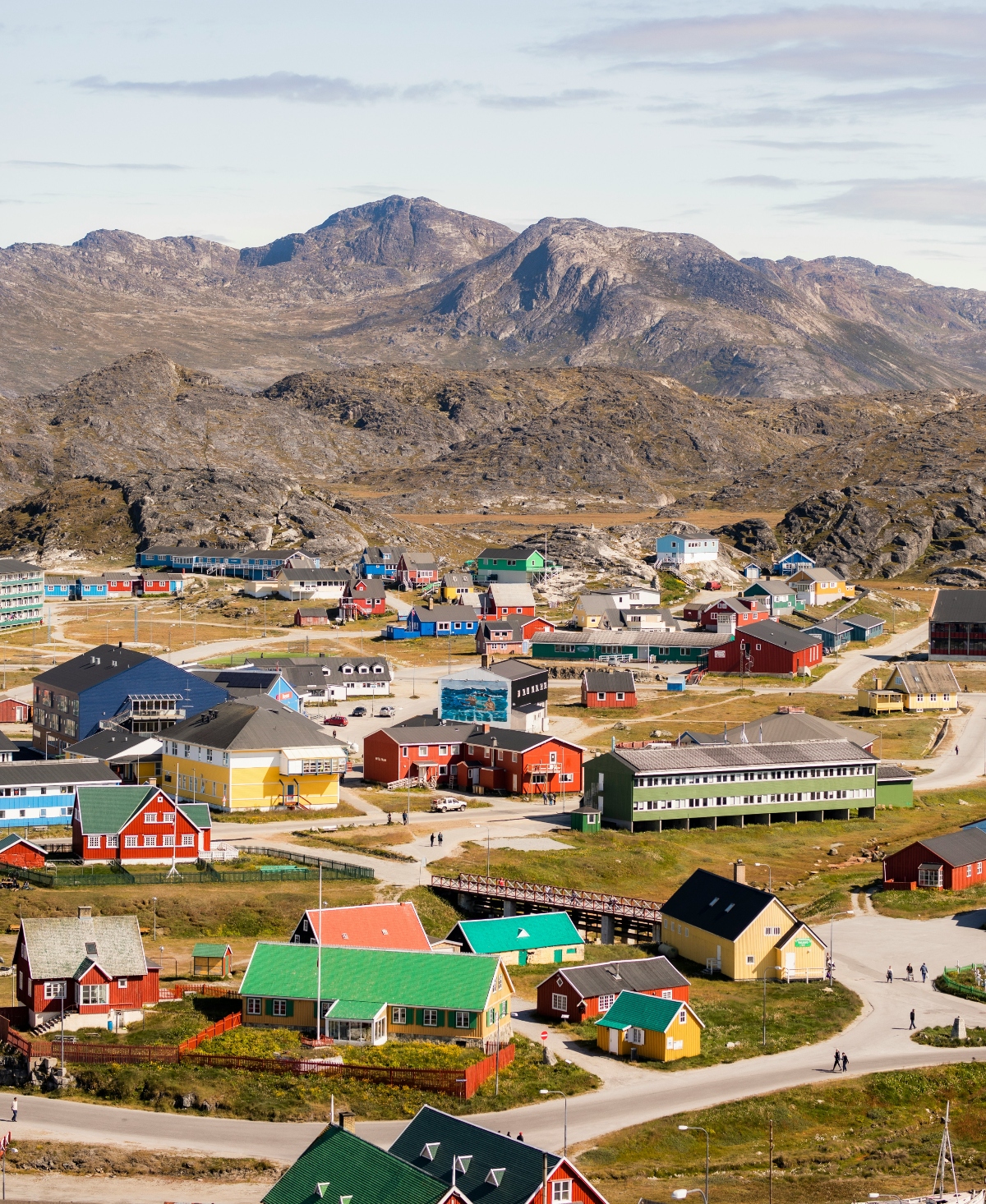
Where to Go for the Best Cool-Weather Summer Vacations
All temperatures are in Fahrenheit.
Greenland
Once considered inaccessible to the average traveler, Greenland, with all its fjords, icebergs and Northern Lights, is poised to become a major tourist destination this year following the opening of a new airport in the capital of Nuuk. A longer runway can now accommodate increased international flights and larger jets, marking a major shift from recent years when flights only arrived at a remote airport not connected by road to Nuuk. In June 2025, just in time for summer, United will start seasonal nonstop flights from Newark to Nuuk, and Scandinavia Airlines will fly direct from Copenhagen. Plus, cruise lines are increasing their presence with planned stops, from smaller-scale expedition lines like Hurtigruten and National Geographic-Lindblad Expeditions, to mega-ships like Royal Caribbean and Celebrity. When travelers arrive, they’ll have to bundle up: Much of south Greenland experiences temperatures between 32 and 50 degrees in the summer, depending on the location.
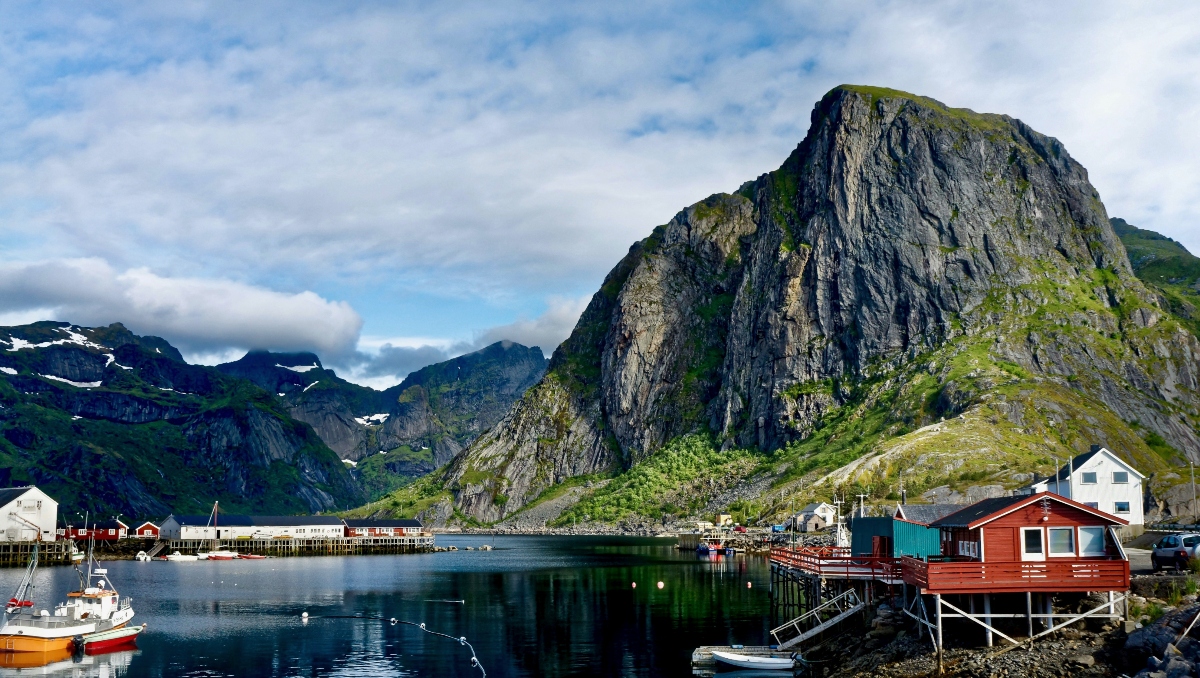
Norway
Summer in Norway is a magical time. A rare midnight sun lights up the sky all day and night — a natural phenomenon caused when the earth rotates on a tilted axis relative to the sun. In Svalbard, for example, the sun doesn’t set at all between the end of April and the end of August. During this time, average temperatures throughout the country peak between the high 30s and low 60s, and visitors can go midnight golfing, whale watching, hiking and sea kayaking. While areas like Svalbard are exceedingly remote and see the coldest weather, major urban cities like Oslo still experience mild temps and are where you’ll find world-class museums, galleries, and culture. And outside city centers lie emerald forests, stunning fjords and fairytale waterfalls, with the weather never too warm for hiking, cycling, climbing or horseback riding.

Scotland
Bordered by the Atlantic Ocean and the North and Irish Seas, Scotland is enchanting with its verdant hillsides and ancient castles, all under the watchful gaze of an extinct volcano. In summer, you’re unlikely to feel the same type of heat as in southern Europe, with average temps climbing to only 63 degrees Fahrenheit. That’s exceedingly comfortable for popular attractions such as championship golf, falconry, cycling, fishing, horseback riding and hiking. Or you can go sailing to Scotland’s hundreds of offshore islands, where you’ll find remnants of ancient civilizations, connect with Gaelic culture and sample local whiskies. And in Scotland’s capital of Edinburgh, there are meandering cobblestone streets set beneath the historic Edinburgh Castle, which houses Scotland’s crown jewels used in the coronation of Scottish rulers. In August, Edinburgh hosts the premier three-week arts event Festival Fringe. No matter when you visit, don’t miss hiking up Arthur’s Seat to be rewarded with captivating views over the city and surrounding countryside.
Sit back, relax and leave the planning details to us.
Just send a quick request, and we’ll pair you with an expert Travel Advisor who can design and book your dream trip: a custom itinerary, private guides, immersive local experiences and handpicked hotels. Click to get started!
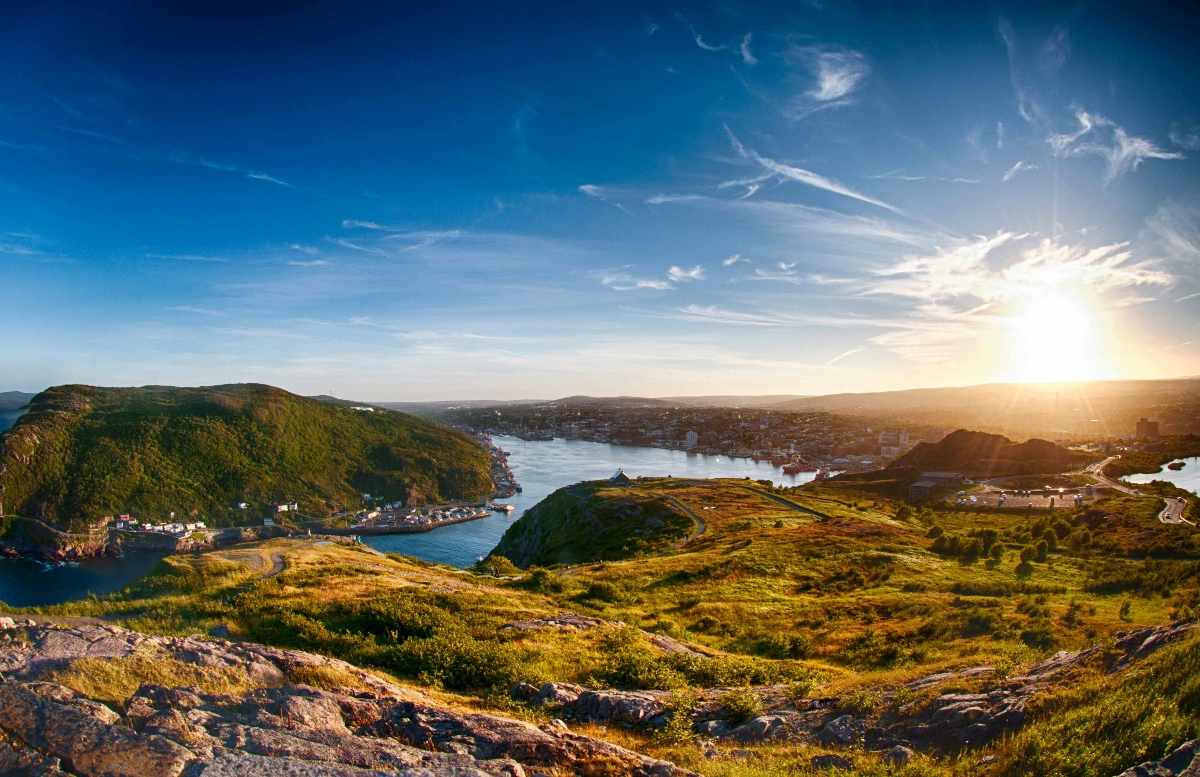
Newfoundland
With a dramatically rugged coastline, deeply rooted maritime history and quaint towns revered for boating and freshly-caught seafood, Newfoundland has all the makings of a quintessential coastal escape. Located within the Canadian province of Newfoundland and Labrador, this large island is the easternmost end of North America. Here, the average summer temperature is just 61 degrees, and during those months Newfoundland is a dream for outdoor enthusiasts. There are 29,000 kilometers of winding coastline with ample opportunities for hiking, trekking and nature walks, or you can board a boat to go whale watching, view icebergs up close and fish. Back on land, there are restored Viking settlements, bustling harbor towns and otherworldly national parks to explore.
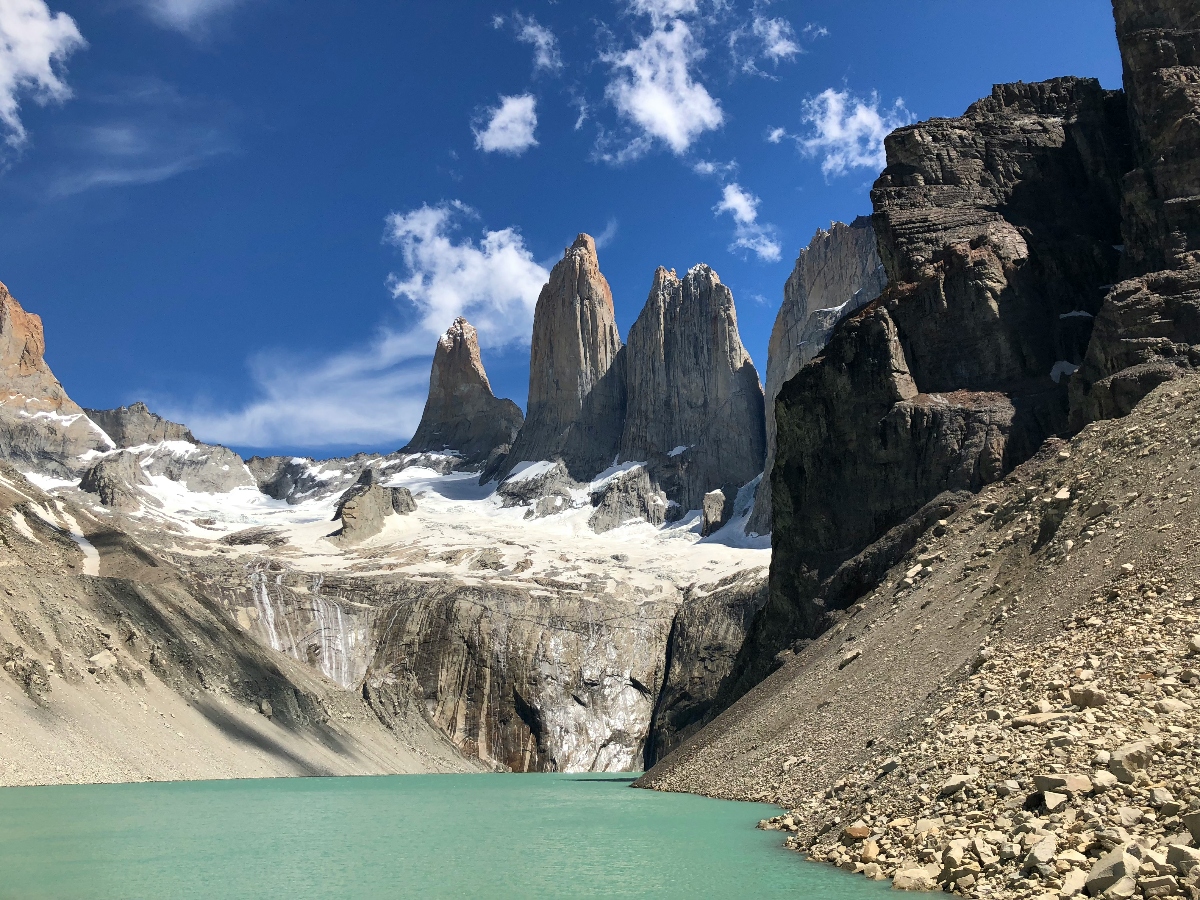
Patagonia
Located below the equator, seasons in Patagonia run on an opposite schedule than what you’ll find in the U.S., with winter taking place during North America’s summer. This South American region, which encompasses areas in both Argentina and Chile, sees average temperatures between the high 30s and low 40s from June through August. This time period is also considered the off-season, so you’ll encounter fewer crowds as well. Avid hikers should plan a visit to Torres del Paine National Park for treks past mountains, glaciers and lakes, while the UNESCO World Heritage Site Península Valdés is renowned for wildlife such as whales, seals and penguins; and Punta Arenas is a historic port city. And that’s barely the start — throughout the region you can also explore caves, hot springs, fjords, glacial rivers, go skiing or even travel to Ushuaia, which, as the southernmost city in South America, is considered the end of the world.
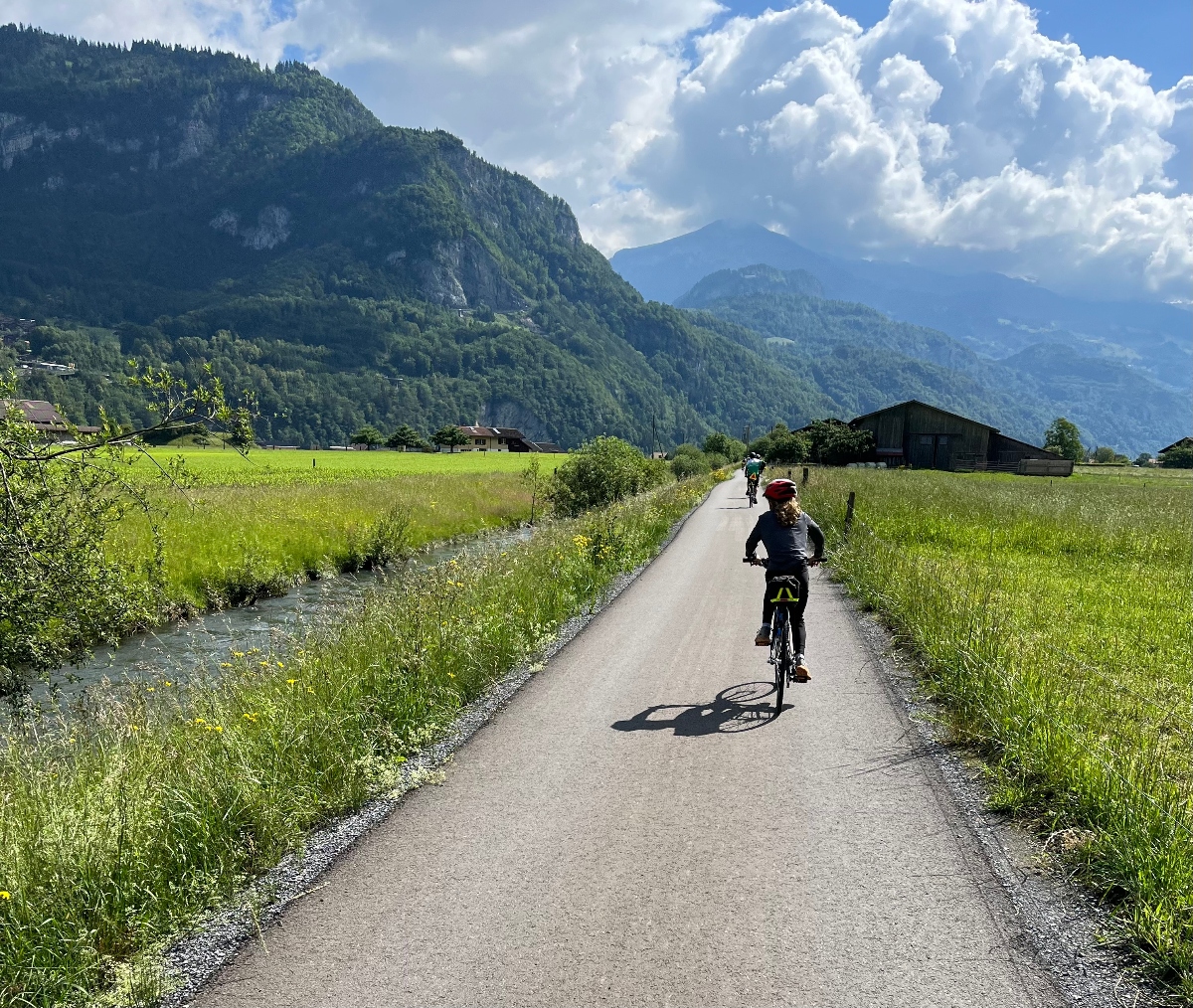
Swiss Alps
While much of Europe sizzles in summer (Rome, for example, hits an average high of 89 degrees by August), there’s one spot in the midst of it all where temps stay significantly cooler. Not only are the Swiss Alps breathtaking, but the towns dotted throughout these mountains are significantly more comfortable for sightseeing than most major European cities, thanks to their higher elevation. Zermatt, a car-free village at the base of the Matterhorn, has average summer temperatures that don’t usually rise higher than 50 degrees. Likewise, the atmospheric town of Interlaken, which is revered as a gateway for adventure sports, sees summer averages only in the mid-60s. Affluent areas such as St. Moritz, Davos and Gstäad also beckon luxury travelers seeking 5-star hotels and designer shopping, while nearly every Swiss mountain village has easy access to scenic hiking, lake swims, and cheese and chocolate tastings, all with pleasant summer weather.
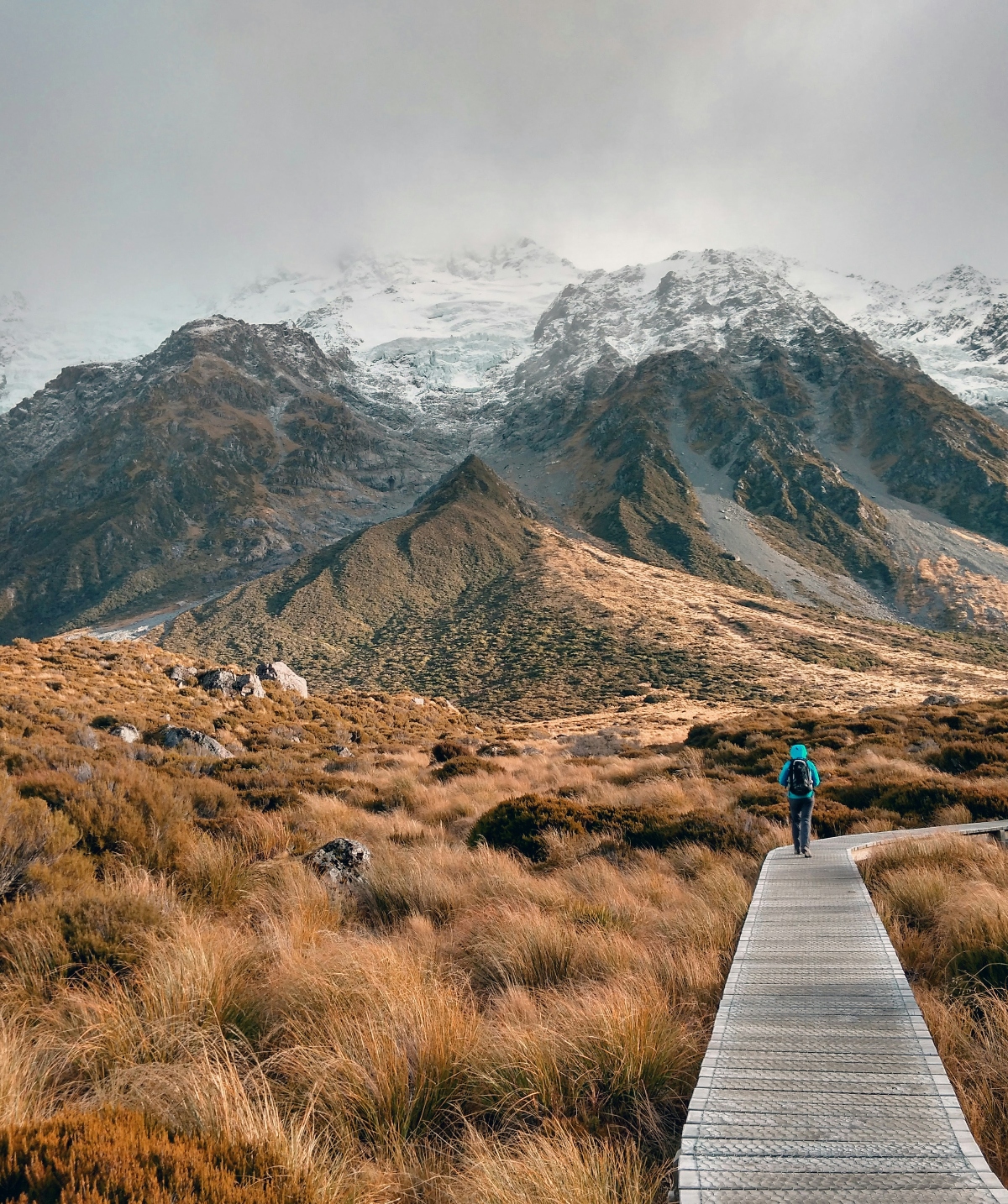
New Zealand’s South Island
New Zealand’s South Island is renowned for its dazzling, undisturbed nature, from glacial valleys to shimmering lakes and towering peaks. The country’s highest mountain, Aoraki/Mount Cook, is found here, and is part of the island’s Southern Alps where you’ll see snow-capped mountains year-round. The destination is a major draw for adventurous hikes, scenic flightseeing or taking boat trips to the only accessible glacial lake with icebergs in the world. The South Island is also home to fjords, forests, secluded bays, marine reserves, wineries and bustling cities like Queenstown and Christchurch, as well as Larnach Castle, which dates back to 1871 and is New Zealand’s only castle. Because it’s below the equator, New Zealand has opposite seasons than the U.S., making the months of June through August an ideal time for cooler temperatures and fewer crowds. Indeed, Queenstown and Wānaka are popular for skiing and snowboarding, and average temperatures at this time of year tend to top out in the low 50s, with cooler readings at higher elevations.
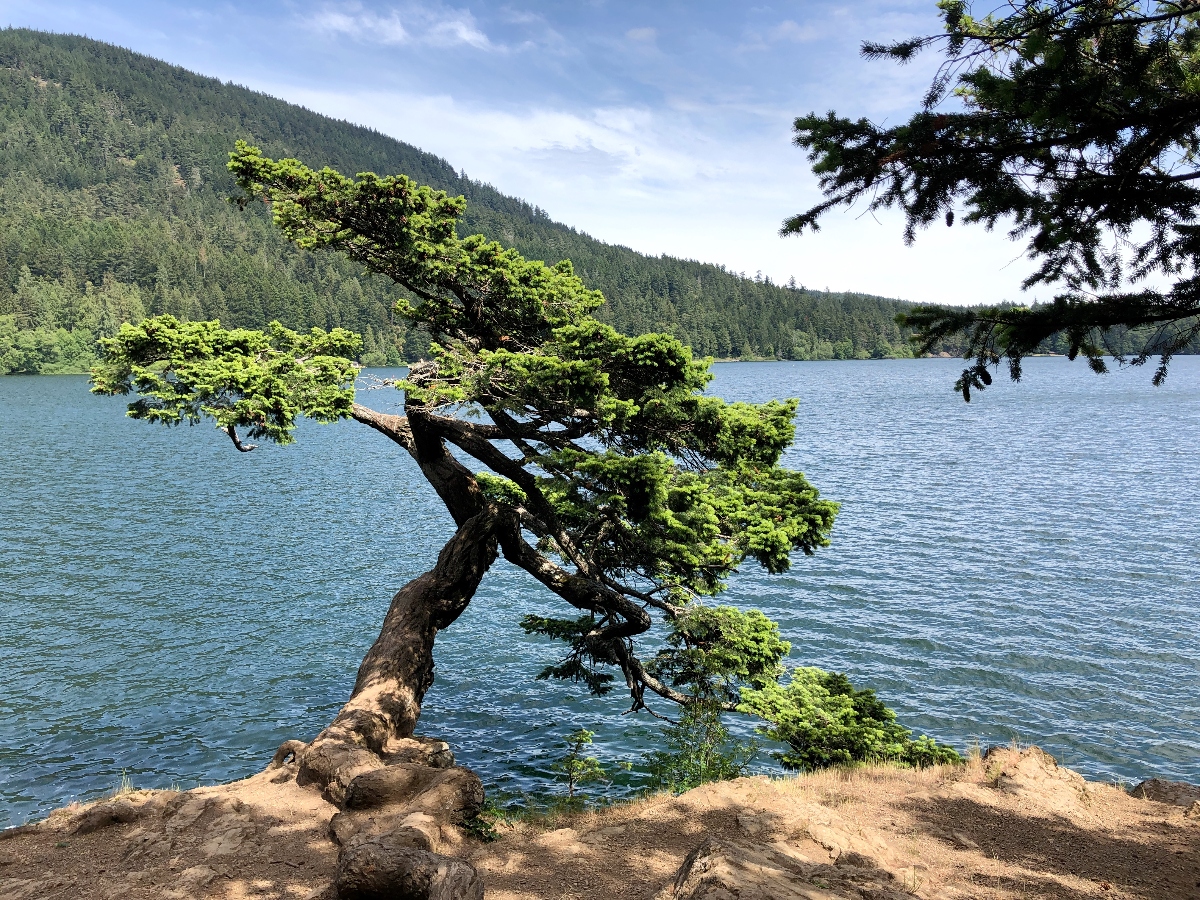
San Juan Islands, Washington
Nestled within the scenic Puget Sound between the western shores of Washington State and Canada’s Vancouver Island, this small archipelago exudes a laid-back atmosphere and beautiful nature at every turn. There are three main islands (Lopez, San Juan and Orcas) and the only way to reach them is by ferry or private boat. Once on shore, shuttle buses help cut down on traffic; cycling is also a popular way to get around, though you may transport your car by ferry, if you’d prefer. Local attractions include sustainable farms, wineries, fishing charters, kayaking and strolling along pebbly beaches. Instead of large cities, you’ll find a handful of small villages that provide an overall quiet and relaxed feel. And the weather is reliably nice, especially compared to other parts of the Pacific Northwest. The San Juan Islands experience 247 days of sunshine per year on average and half the rainfall of Seattle, and during the summer months, the average daytime temperature ranges between a mild 67 and 71 degrees.
Unlock our free guide: 6 Easy Steps to a Year’s Worth of Travel
Time flies, but memories last forever. Our simple 6-step process helps you make the most of precious vacation family time during the years with kids at home. Click to get your download!
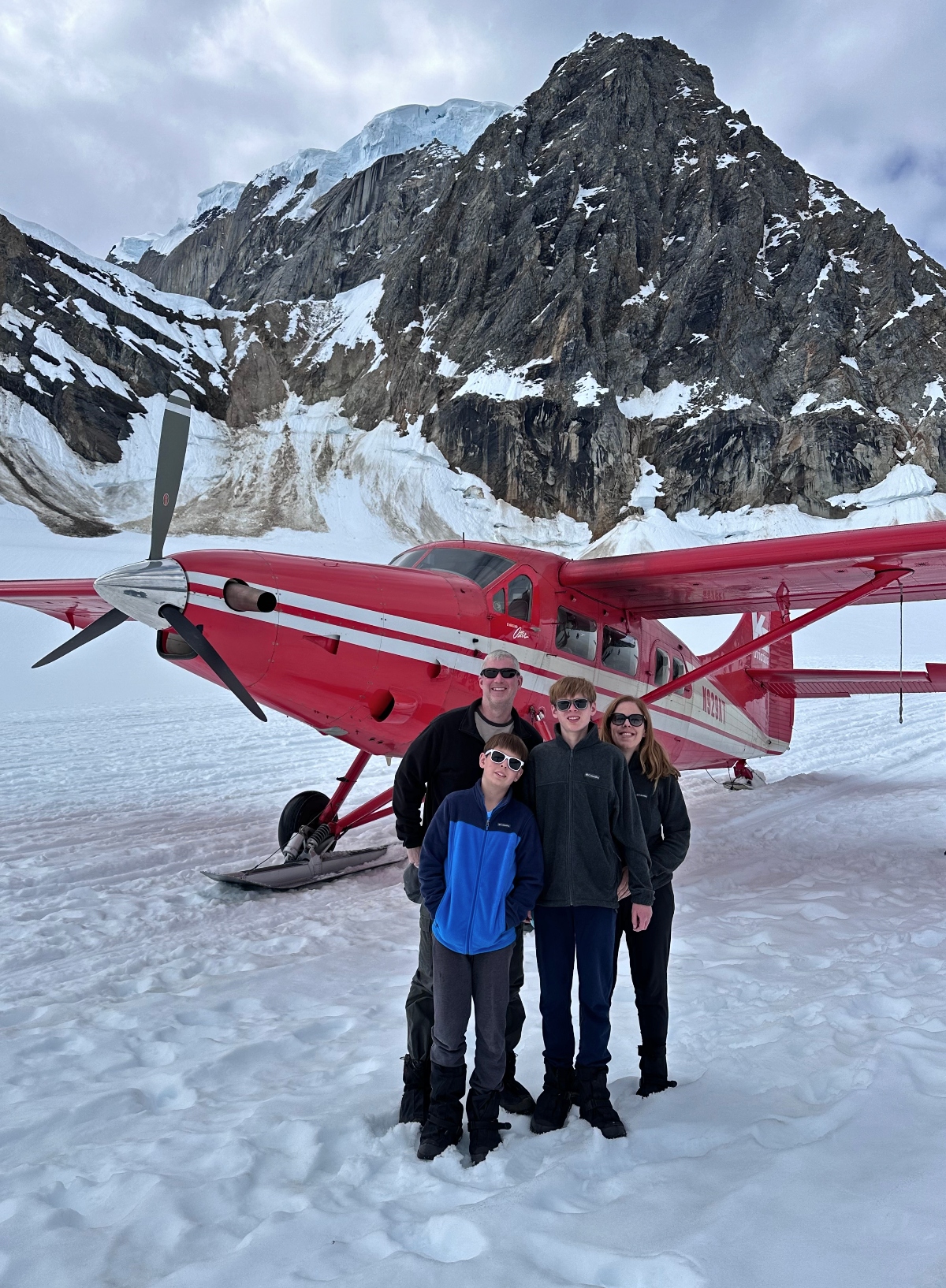
Alaska
Known as the “Last Frontier,” Alaska is one of the most spectacular U.S. states, and also the coldest. In July, inland temperatures average around 70 degrees while coastal areas and higher elevations hover closer to 65 degrees. Summer is also an ideal time to visit as certain areas and attractions that are too harsh to experience in the frigid winter become much more accessible. Magnificent nature takes center stage at this time of year, from the towering peak of Denali, which is the highest mountain in North America, to the glaciers visible from highways and within national parks. Better yet, board a boating excursion or take a multi-night cruise to sail by these breathtaking formations and admire their majesty up close. Observing wildlife is also a major draw, with tours available to witness breaching whales and foraging grizzly bears (all from a safe distance, of course). Visitors can also hike remote trails, kayak alongside untouched wilderness and feast on seafood caught locally in crystal-clear streams and ocean waters. For a home base, consider a major city like Anchorage with its vibrant culture and shopping. Or soak up endless daylight in Fairbanks with its midnight summer sun and early Northern Lights viewing, which begins in August.
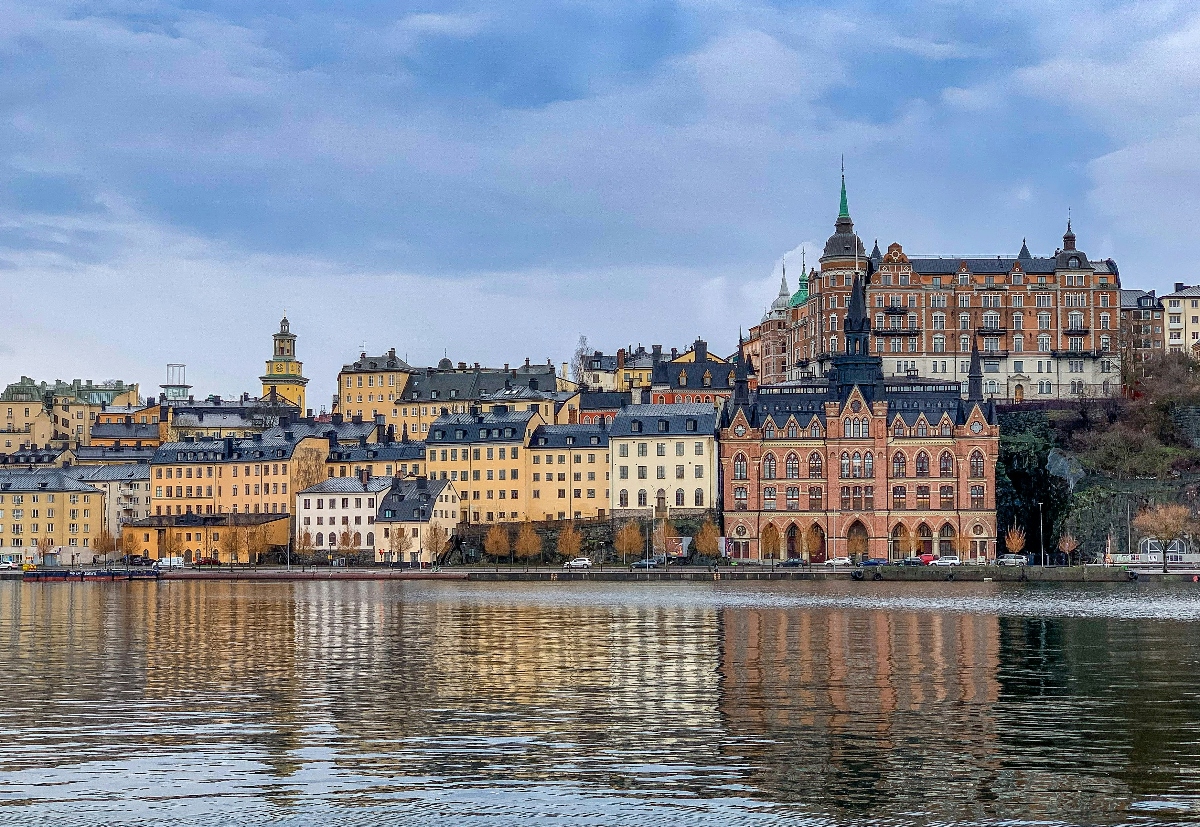
Sweden
In winter, Sweden experiences bone-chilling weather and darkness that arrives by afternoon (or lasts all day in the more remote northern areas). But come summer, mild, sunny weather moves in, making the country’s abundant nature much more accessible. It’s a lovely time to stroll aimlessly around Sweden’s largest cities, such as Stockholm, Gothenburg or Malmö. Weave through historic streets, lush green parks and impressive museums, or just to savor a fika in a local cafe. The southern cities experience mild summers with temperatures in the mid-60s to high 70s, while northern areas fall at the lower end of that range. To escape the crowds and savor a different kind of scenery, visit the Stockholm archipelago, which is made up of 30,000 islands. It’s best explored by boat with stops for swimming and fresh seafood, or you can stay in a charming guesthouse. Other summer pursuits include snorkeling, forest bathing, hiking to waterfalls and tracking down Viking-era runestones. Or plan your visit around one of the country’s most festive holidays, Midsummer — this annual June event celebrates the summer solstice and typically includes flowers, dancing, music and revelry.
Relevant Links:
Browse all ideas for summer vacations on Ciao Bambino
Why Newfoundland travel is an active family’s delight
Essential tips for a Patagonia family vacation
How to choose a home base in Switzerland’s Jungfrau Region
Why visiting New Zealand with kids is easier than you think
An idyllic summer escape on Orcas Island, Washington
Best things to do on an Alaska family vacation
Editor’s note: This post was accurate when published. We advise checking independently for the latest information and updates. Ciao Bambino does not accept responsibility or liability for any errors or omissions in, or for any actions taken based on, the information presented.


 travel recommendations, inspiring adventures, and exclusive travel offers
travel recommendations, inspiring adventures, and exclusive travel offers